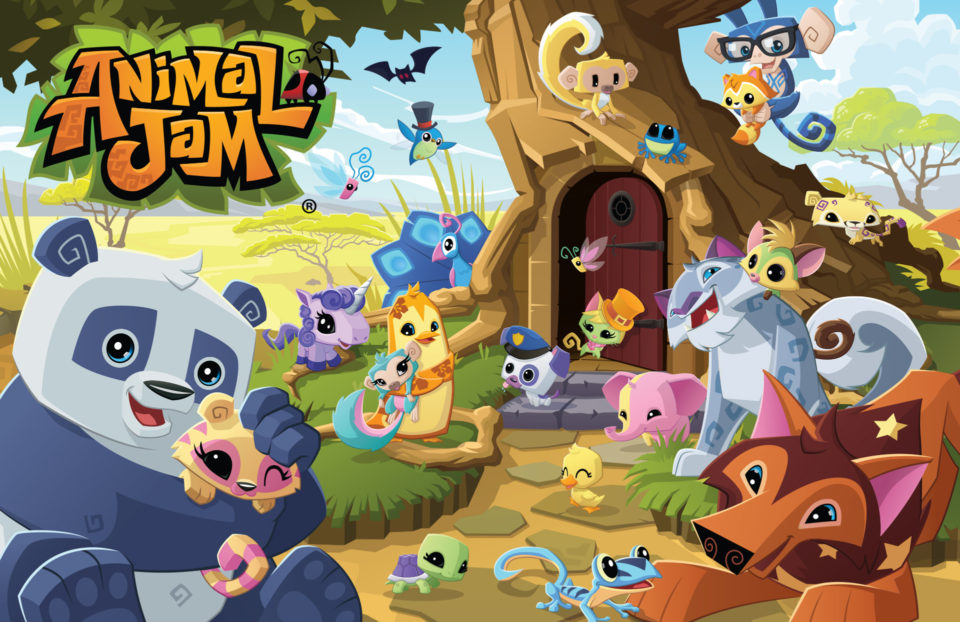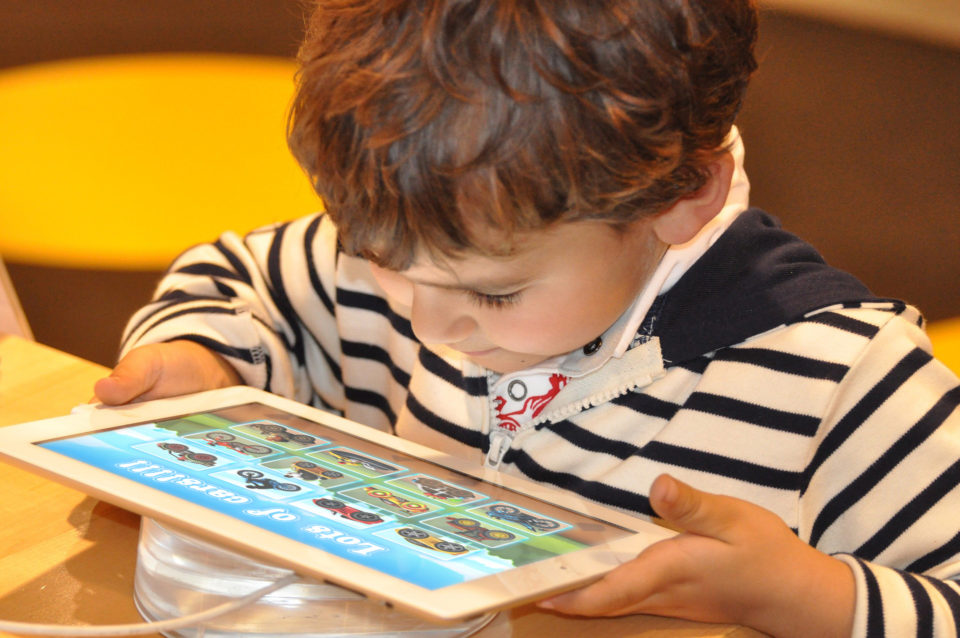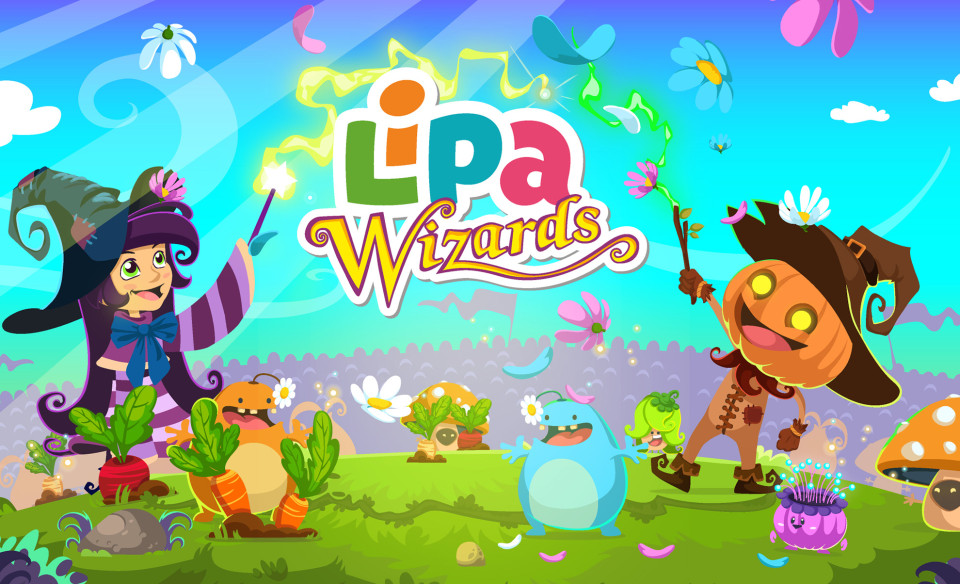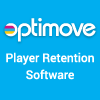Marketing a game developed for children comes with its challenges. Dealing with COPPA regulations in addition to the always-changing digital marketing landscape, can make it difficult to execute an effective user acquisition campaign. In his Casual Connect USA session, WildWorks’ Mitch Smiley explained how to embrace the challenge and run an ROI-positive campaign, with success stories and learning opportunities from the leading web-based kids game in the US, Animal Jam.
main
Game DevelopmentPostmortem
Fun Kid Racing - Accidentally Born Successful Game
Tiny Lab Productions started its activity in early 2009 as MMORTS (massively multiplayer online real-time strategy) game developer and publisher, it was also a member of the first European accelerator of GameFounders and is one of its current active mentors. Nebula 44, Orborun, Endless Horizons are just a few well-known company’s products. Despite moving on to browser games, they decided to try their luck in mobile as well. In 2012 after a first successful title for kids in the Google Play store, the company shifted its business direction to the mobile games industry by creating casual and free-to-play mobile games for kids and toddlers. Their most popular game is Fun Kid Racing which recently hit 10 million downloads.
ContributionsDevelopmentGame DevelopmentIndieOnlinePostmortem
Lipa Wizards: The Making of Multiplayer Magic for Kids and Parents
Lipa is based on the idea that children and families can benefit from the technology in their lives. Creating learning apps for preschoolers, they want kids to gain skills they can use in the real world while enjoying fun adventures alongside their parents. As a product manager at Lipa, Zdenek Klůc’s job is to help transform sparks of ideas into something meaningful, and pave the way through every stage of development. Sometimes the way is smooth. Sometimes it’s a roller-coaster. And sometimes, the best ideas come from unexpected places.
USA 2014Video Coverage
Nancy MacIntyre is Helping to Engage and Entertain Children | Casual Connect Video
Nancy MacIntyre spoke about the power of partnerships during her session at Casual Connect USA 2014. “Partnerships build bridges between brands, consumers, and developers,” she said.
Nancy MacIntyre, the founder and CEO of Fingerprint, became interested in the games industry while working at Lotus Development in a sales and marketing role. One day, she stumbled into Electronics Boutique thinking they might be a good distribution partner for them. She remembers thinking then that games might become as big as video tapes. She went on the get a job at Broderbund Software, followed by Atari and LucasArts.
Founding Fingerprint and receiving Series B funding from DreamWorks brought the most satisfying time of her career. It came through having a wonderful initial group of investors, employees, developers, and customers who all bought into the dream. MacIntyre finds the games industry to be an interesting mix of magic, rocket science, fun factor, and business, so it attracts people who are magicians, rocket scientists, fun, and suits, and she likes the mix. Today, she is getting a lot of enjoyment from working with developers to bring their games to life on mobile.
She continues to appreciate the ever-changing nature of the industry. “There’s always a new platform, new business model, new innovation. The intellectual challenge keeps me hopping, and I love games. But if I weren’t in the industry, obviously I’d be a host on The View.”
Combining Innovation with Fun
The mission at Fingerprint is to create fun mobile content and to provide an innovative platform where family and friends can connect together to learn and play. She insists, “The family market always evolves, from books and board games to tablets and smartphones, but the human experience will always remain social.” So Fingerprint has designed a way to transition this parent/child engagement into the digital world. In addition to finding and partnering with great developers, they have established a platform the enables other brands to deliver their own mobile kid-friendly app networks. So far, they have done this with a number of brands, including Sylvan (SylvanPlay), Astro, and Samsung (Kids Time). The technology they are implementing is scalable for broader content with brand partners in other categories, so the potential for expansion and growth is tremendous.
Obsessing Over the Possibilities
While MacIntyre was working at LeapFrog Enterprises, she and her colleagues often worried about kids getting older, leaving toys, and being more interested in buying video games. She relates, “One day at a coffee shop about a month after the iPhone came out, I saw a mother hand her expensive smartphone to her toddler. I knew then that the real competition would be every mom with an iPhone in her purse, giving instant access to play everywhere.” She noticed the sticky fingerprints on the screen and became obsessed with the possibilities of touch screen devices. She left the company to create Fingerprint, and the brand was born. From there, she brought on board a number of other talented people with similar visions, including two with experience at PlayFirst, Disney, and Frog Design.”
She has learned that to succeed, you must be nimble and smart, and surround yourself with smart people. She emphasizes, “Know if something is working or needs revising. Stay close to your best counselors who are as invested as you are.” She has also learned to only do things that move the ball up the field with partners, consumers, investors, and the team. If the activity doesn’t check off one of those boxes, don’t do it.
Choosing A Different Path
Finally, she learned that to succeed as an entrepreneur, you must create something no one has or do it better than anyone else. You must recognize when things need to morph and do it, and make sure the team understands why. She feels being nimble is one of the most underrated skills.
She notes that today, children everywhere are immersed in their devices, and parents are becoming increasingly aware of how much screen time is consuming their lives. There is a growing trend of parents trying to make that screen time more productive through apps that educate as well as entertain. Educators are also embracing mobile apps for learning. For this reason, greater numbers of developers are shifting to edutainment apps to meet these consumer needs. MacIntyre believes the industry will continue to evolve to meet the needs of both parents and educators, while finding even more ways to keep children engaged and entertained.
For her personal gaming, she focuses on mobile, since there are so many great games. She loves to have her games and everything else on iTunes in one account and playable on all her devices. She has played while getting a root canal and while on a ski lift, proving games can be played with either a numb mouth or numb fingers. Currently, she is playing Sonic Jump for iPhone; she has a soft spot for Sonic because it was the first game she played all the way through. She also has the original Wii and Xbox 360. She finds the party games on Wii are still great fun and excellent for friends who aren’t really gamers. But she hasn’t yet found any reason to upgrade.
When not involved with games, MacIntyre is an avid consumer of media, especially books and movies. She also loves playing tennis, skiing, and going to the beach.
ContributionsPostmortem
Indie Showcase: Gamundo’s Club Galactik
Gamundo is a cross-platform game development studio formed by veterans of multiple ‘traditional’ game studios from around the globe. The company is committed to creating high-quality next-generation, accessible and commercially successful games. Gamundo’s talented core team members have produced three titles together; including the highly recognized browser based social MMO Club Galactik. In this postmortem, Ilja Goossens from Gamundo shares with us the story of how the idea for Club Galactik came to be.
The initial idea behind Virtual Fairground, my first true gaming venture, was to build online games for kids aged 8 to 12 based on existing IP. In 2007, my business partner and I were involved with a ‘traditional’ game developer and an online community company. However, we noticed a shift from console- and client PC gaming towards browser-based gaming (remember: this was before the whole Facebook/social gaming hype and before the iPhone was released).
At the time, there were some online communities for kids and some virtual worlds (the most successful turned out to be Club Penguin, acquired by Disney for $750 million). In order to become a top 3 developer of these online worlds, we had to come up with a strategy that would give us a head start. We had several options; (a) having a huge marketing budget, (b) using an important publisher or (c) using existing intellectual property. We decided to go for the latter, since this would allow us to get a user base relatively quick and to monetize aggressively.
Identifying the property
With kids entertainment you have two different target audiences: the kids (who play the game) and the parents (who pay for the game). When kids start playing our game, they will love it and want more. This is when they have to start paying for a subscription or virtual currency. Parents tend to pay more quickly when they know the brand themselves, or at least heard of it before. Go figure: would you buy a product of an existing brand, like Apple, or from a no-name tech company?
We set some criteria that the IP had to meet to be useful for our plans. A must-have was television exposure, because from our own experience we knew that the conversion from offline to online was huge in this target demographic. For example, a friend of mine is a games publisher in the ages 8 through 14 target demographic (he used to publish Runescape, amongst others) and he had a barter deal with multiple TV stations. They aired the commercials for the show and they got a share of the revenue instead. He used this as the main driver for the audience and they saw huge spikes of registrations during the TV campaigns.
The IP also had to have traction momentum in the main European countries and optionally the United States. The property needed to appeal to both boys and girls in the age group 8-12 and was preferably created by an established brand like Disney, Nickelodeon, etc.
Based on these criteria, we identified a handful of properties. We did so by attending a lot of shows and (licensing) fairs, like MIP in Cannes (a TV licensing fair), the New York Toy Fair, etc. We narrowed the selection down to the properties that had potential and we added 3 properties that were a bit off, because they were based on a book, toy line and a magazine.
Building a relationship
Now we had to get in touch with the IP owners and make sure we could secure the rights for the online game, meaning we had to start networking like crazy. We were a small startup, pre-funding, with just a good idea. Again, we started visiting fairs and shows and trying to get in touch with the right people. These were the owners of licenses such as the Smurfs, Donald Duck, Charly and the Chocolate Factory and Winx Club. These were IPs that everyone knew and had an established value. Our pitch: we can contribute to the success of your IP, we will drive traffic to the offline components of the product and we will create an additional revenue stream. And to make it a really good deal, we will pay for the development ourselves!
Once we established a relationship with the IP owner, we could start negotiating the deal terms. Back in 2007 and early 2008, online game were not that hot yet. But we wanted to be able to build our own product, not just build what the IP owner wanted. This is why we did not continue the Disney deal (we were quite far in the process already).
There is a funny story related to the Disney deal though. We knew the online director from Disney; he was located in Burbank, CA. We told him we were ‘in the neighborhood’, but we were not even in the US. After making an appointment for a casual chat and a cup of coffee, we booked a plane ticket from Amsterdam to Los Angeles and flew in just to meet with him. Building a relationship with the IP owner is the most important there is. If they have the idea that you know what you are talking about and can deliver quality, that will be so much more valuable than a bag of money. A brand like Disney cannot afford a mistake, a bad product or complaining customers. They fully need to believe that you can deliver what you promise.
In the end, a company like Disney has many, many rules and regulations for the IP, so in the end it felt more like we would be doing work-for-hire that we had to pay for ourselves, instead of building our own product.
We had some great ideas for potentially successful properties. After negotiating with the owners of IPs like The Smurfs, Charly and the Chocolate Factory and Donald Duck we settled with Alphanim. Our job was to create an online game based on Galactik Football. The show was a hugely popular cartoon series on Jetix, aired in almost entire Europe. At that point in time, two seasons had been aired and season three was in development. Besides, the show was about football and the World Cup of Football was coming up. Our timing couldn’t have been better.
Negotiating the deal
To close the deal regarding Galactik Football, we had to negotiate the terms. Of course, this is a very complex and lengthy process that needs professional guidance. We decided to hire an attorney that was specialized in intellectual property, so he could support us to get the best deal and warn us for the pitfalls. There are two main points to discuss: financials and content. The financial part is about (upfront) minimum guarantees, revenue share, and marketing- and development budget. This is a necessity, but can be pretty straightforward. The discussion about the content is a whole different aspect, here you have to convince the IP owner that you will do justice to their product, create length, create an additional value and can deliver a game with the same quality and look and feel as the original product.
During these negotiations, we established a very good relationship with the IP owner. Regular visits to each other’s offices and meetings with the marketing, creative and development teams were an important part of the process.
The concept for Club Galactik
The initial concept was to create an online game with lots of real-world extensions and a presence in the TV series. We would create a training school for talents and call it Club Galactik. To create the feeling that all players were also part of the TV show, we had written a story line in the script that contained the school. Now every player of the game immediately became part of the TV series. Together with the creators of the cartoon, we designed a logo, characters and a space ship that were used both in the series as well in the online game.
Alphanim would produce a trading card game, convince the broadcasting stations to implement the game into their websites, organize real life events and create connected merchandize. This way we would be responsible for the online product, and Alphanim would take care of the physical products and the marketing and distribution. Unfortunately for all parties, it didn’t become the success we all hoped for…
We depended heavily on the conversion from offline (TV) to online. Unfortunately, Disney acquired Jetix just before we released the game and decided to cancel the show because this was a third party production. (They rebranded the channel to DisneyXD and only programmed their own productions.) The IP was not strong enough to kickstart the distribution of the game, but we still had to pay a yearly licensing fee, so we decided to cancel the game even before the full version went live.
To see what projects Gamundo’s currently working on and what other games they’ve done in the past, have a look at their website.










